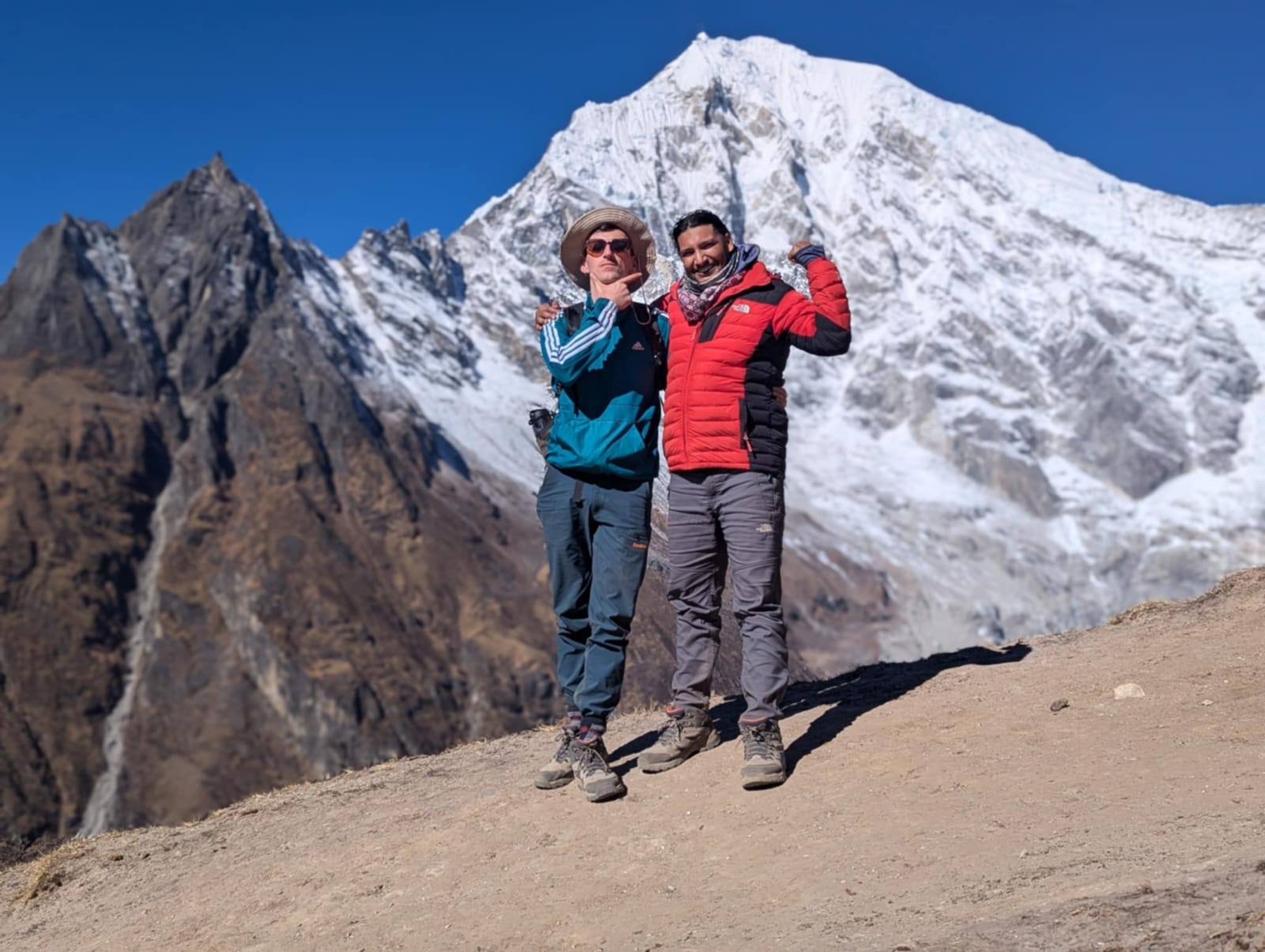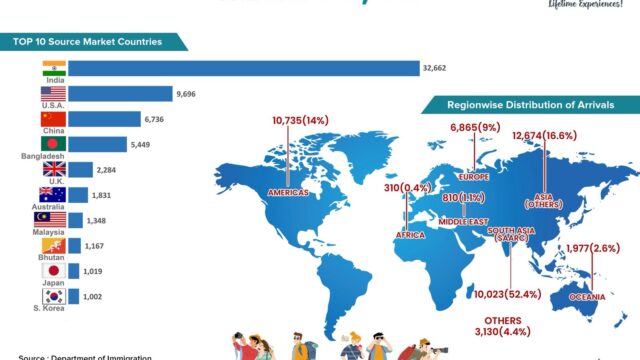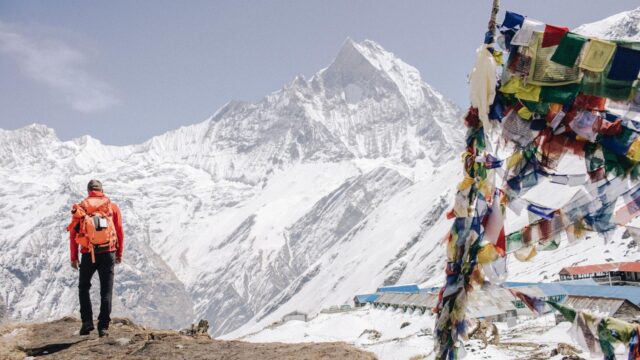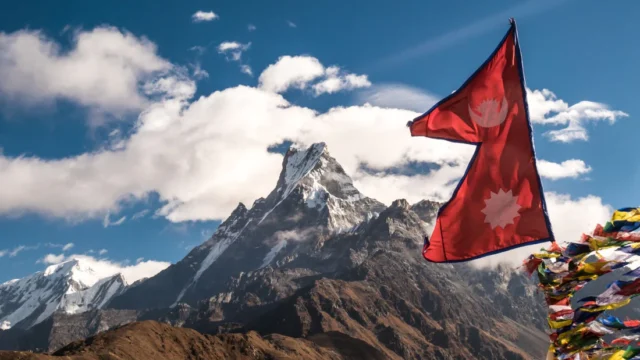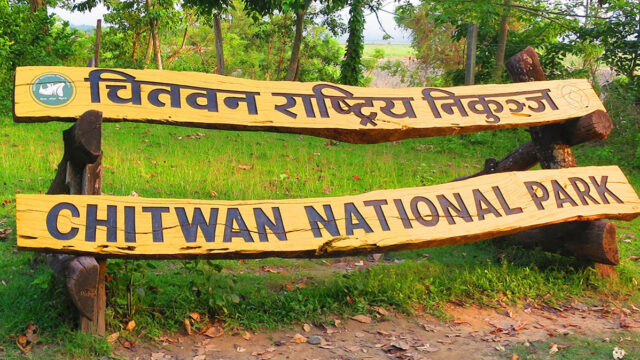Nepal’s trekking industry has been a significant contributor to the country’s tourism economy. The Himalayas, with their majestic peaks, vast landscapes, and unique cultures, draw trekkers from all over the world. While well-known treks like Everest Base Camp, Annapurna Circuit, and Langtang Valley dominate the tourism sector, there is an entire realm of lesser-known, less popular treks waiting to be discovered. However, these hidden gems remain largely unexplored, and the absence of proper data tracking for these trails is a pressing concern. Without a computer system or a centralized data source to track the number of trekkersboth local Nepali and foreign this valuable part of Nepal’s trekking landscape continues to be overlooked.
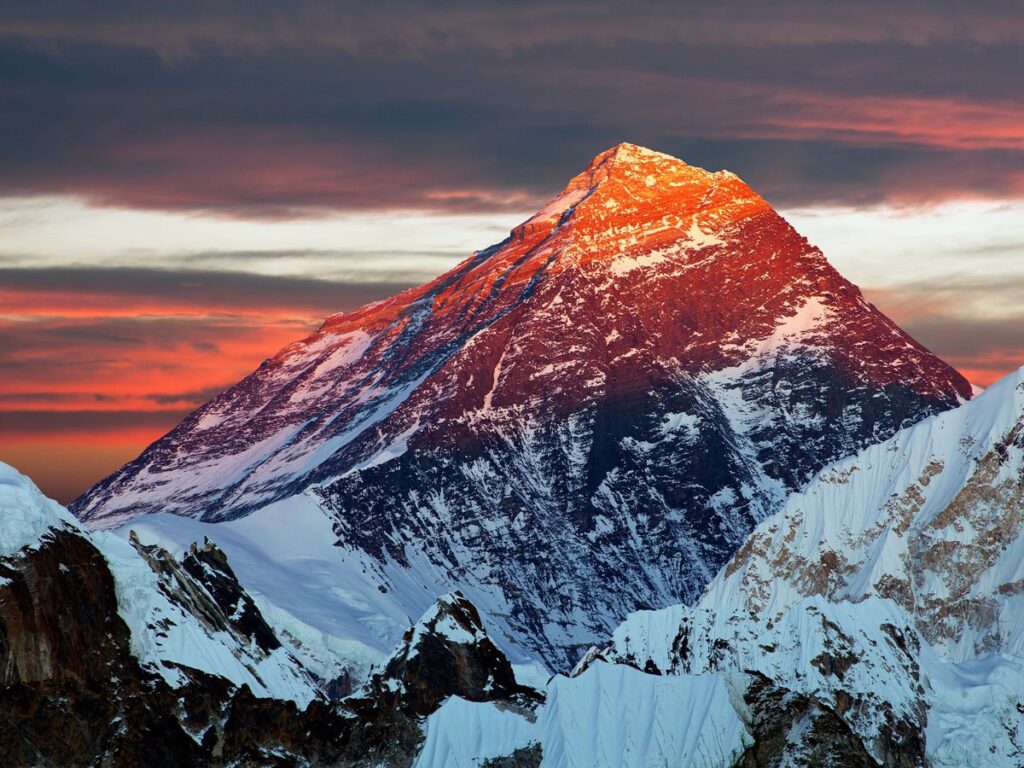
The Hidden Gems of Nepal’s Trekking Routes
Nepal boasts a vast array of trekking routes beyond the famed Everest and Annapurna circuits. Many of these lesser-known treks offer pristine natural beauty, rich cultural experiences, and a sense of adventure that is hard to find in the crowded, more commercialized regions. Yet, these trails remain under-promoted and lack proper exposure. Here are a few such hidden gems :
- Kanchenjunga Base Camp Trek : Located in the eastern part of Nepal, the trek to Kanchenjunga is one of the most remote and less-traveled routes in Nepal. It offers stunning views of Kanchenjunga, the world’s third-highest peak, along with an opportunity to immerse oneself in the cultures of the indigenous Limbu and Rai communities.
- Tsum Valley Trek : Nestled in the Manaslu region, Tsum Valley is a sacred Himalayan pilgrimage valley with a unique Tibetan culture. It remains a relatively unexplored gem, with fewer trekkers compared to other regions in Nepal.
- Makalu Base Camp Trek : Makalu is the fifth-highest peak in the world, and its base camp trek offers a challenging, off-the-beaten-path adventure. The trek is known for its rugged terrain, high-altitude landscapes, and diverse ecosystems.
- Upper Dolpo Trek : Located in far-western Nepal, Dolpo is one of the most isolated regions in Nepal, offering trekkers a chance to experience traditional Tibetan culture and spectacular mountain landscapes.
Despite the natural beauty and cultural richness of these hidden gems, the lack of data on the number of visitors to these regions is a major issue.
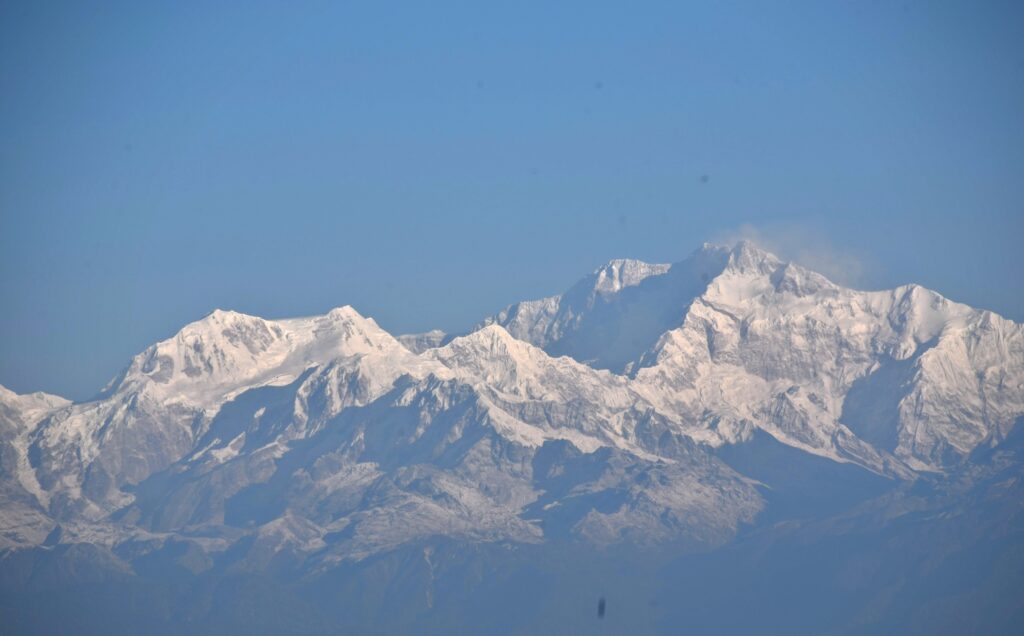
The Absence of a Centralized Data System
Nepal’s trekking sector has a significant data gap when it comes to tracking visitor numbers, particularly for lesser-known routes. According to the Nepal Tourism Statistics 2023, Nepal welcomed approximately 1,141,658 international tourists, with 19% (around 216,000 trekkers) partaking in trekking-related activities. However, most of this data is centered on the well-established routes such as Everest Base Camp, Annapurna Circuit, and Langtang Valley. For less popular routes, data collection remains limited, and there is little to no insight into how many trekkers both Nepali and foreign are visiting these remote regions.
In 2023, for example, the Annapurna Region reported around 90,000 trekkers, while the Everest Region welcomed over 65,000 trekkers. In contrast, regions like Makalu and Upper Dolpo remain largely undocumented, making it impossible to assess how much tourism is taking place in these areas. Without proper data, there are no accurate metrics to gauge the economic impact of trekking in these less-explored regions or to support sustainable growth.
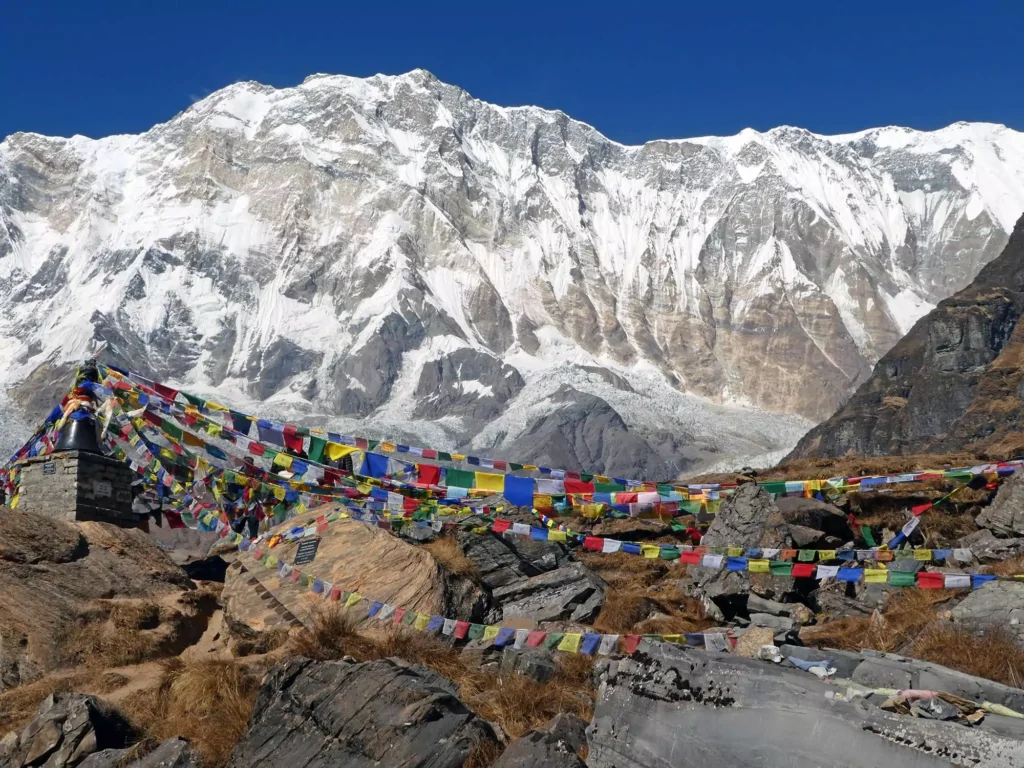
There is currently no centralized system to track trekking permits, visitor statistics, or demographic data. As trekking permits are issued manually, there is no efficient way to aggregate this information into a digital system for analysis. This creates a significant challenge for local authorities, tourism organizations, and businesses to make data-driven decisions regarding infrastructure, marketing, and sustainable tourism development.
One initiative that could help bridge this data gap is Data Home Nepal , a platform focused on gathering and providing comprehensive data across various sectors, including tourism. A centralized data system powered by platforms like Data Home Nepal could help authorities and businesses track the number of visitors to less-known trekking regions, improving planning, sustainability efforts, and local community support.
The Impact on Local Communities
Nepal’s lesser-known trekking routes often pass through remote regions with local communities that could benefit significantly from tourism. However, without accurate data to support development, these communities miss out on opportunities for economic growth. For example, communities along the Tsum Valley Trek or Makalu Base Camp could see a boost in income through the establishment of guesthouses, homestays, and local businesses catering to trekkers. However, without clear data on how many people are visiting these regions, it’s challenging to build a sustainable tourism infrastructure that supports local development.
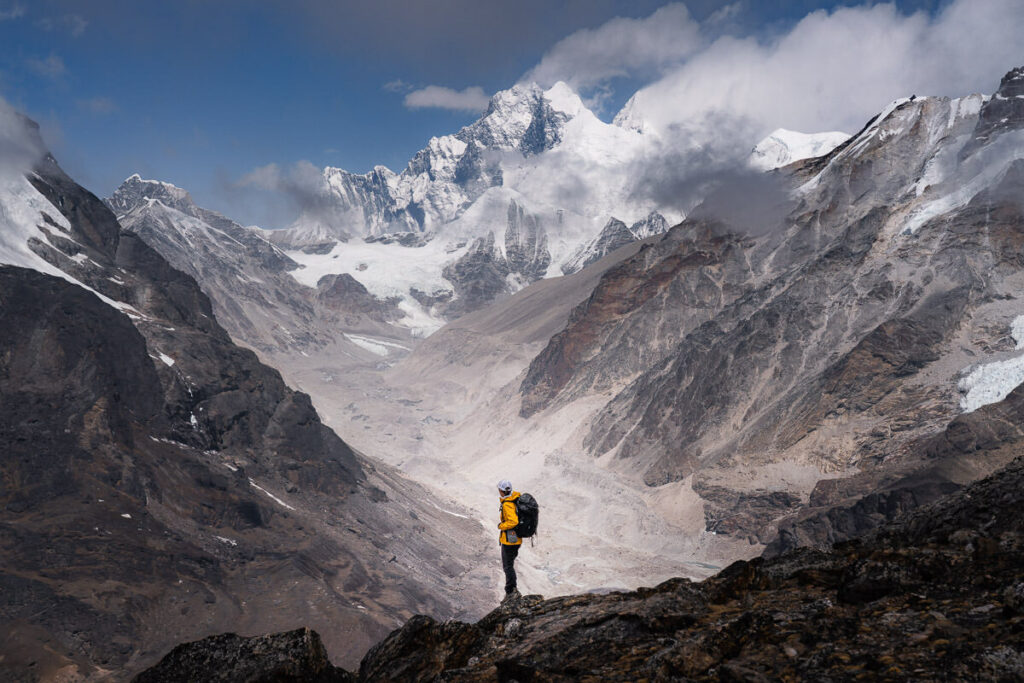
In contrast, areas like the Everest Region and Annapurna Region have benefitted from massive amounts of tourism, leading to substantial infrastructure development but also concerns about over-tourism. Managing visitor numbers in lesser-known areas could prevent these regions from facing similar challenges in the future.
The Need for a Centralized System
The lack of a centralized database for trekking statistics in Nepal not only affects the tracking of trekkers but also prevents accurate assessments of tourism’s economic impact. Establishing a digital system for trekking permits, where visitor numbers, nationalities, and trekking routes are recorded, would help authorities monitor and manage trekking tourism more effectively. This system would provide a foundation for:
- Better data collection and analysis of trekking trends.
- Enhanced sustainability through informed decision-making.
- Increased promotion of hidden trekking routes to help local businesses thrive.
Such a system could also allow for real-time information on trail conditions, weather patterns, and safety updates critical for ensuring trekkers’ well-being in remote and challenging environments.
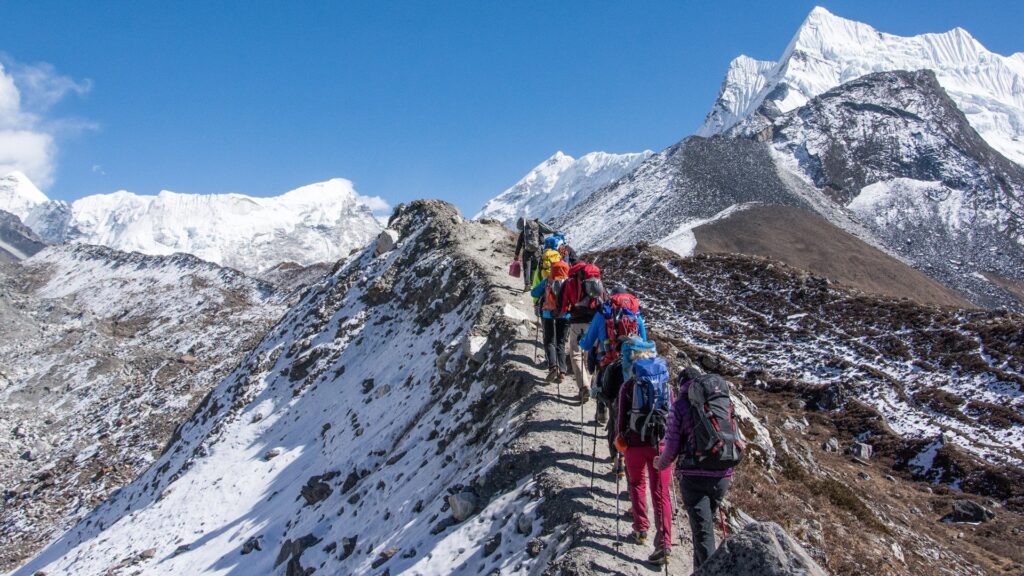
Bridging the Data Gap for a Sustainable Future
The trekking industry in Nepal has great potential, but this potential remains under-realized due to the absence of proper data and tracking mechanisms. By promoting these hidden gems, implementing a centralized data system, and providing accessible information to trekkers, Nepal can ensure that its trekking industry grows sustainably and benefits both trekkers and local communities.
The lack of a proper data tracking system is a barrier that limits the growth and sustainability of Nepal’s trekking tourism, especially for lesser-known routes. By bridging this data gap through initiatives like Data Home Nepal, Nepal can pave the way for more equitable tourism development, ensuring that all trekking regions, known and unknown, can thrive in harmony with the environment and the local people.
Written By: Pari Adhikari (Tourism Professional and Trekking Guide)
